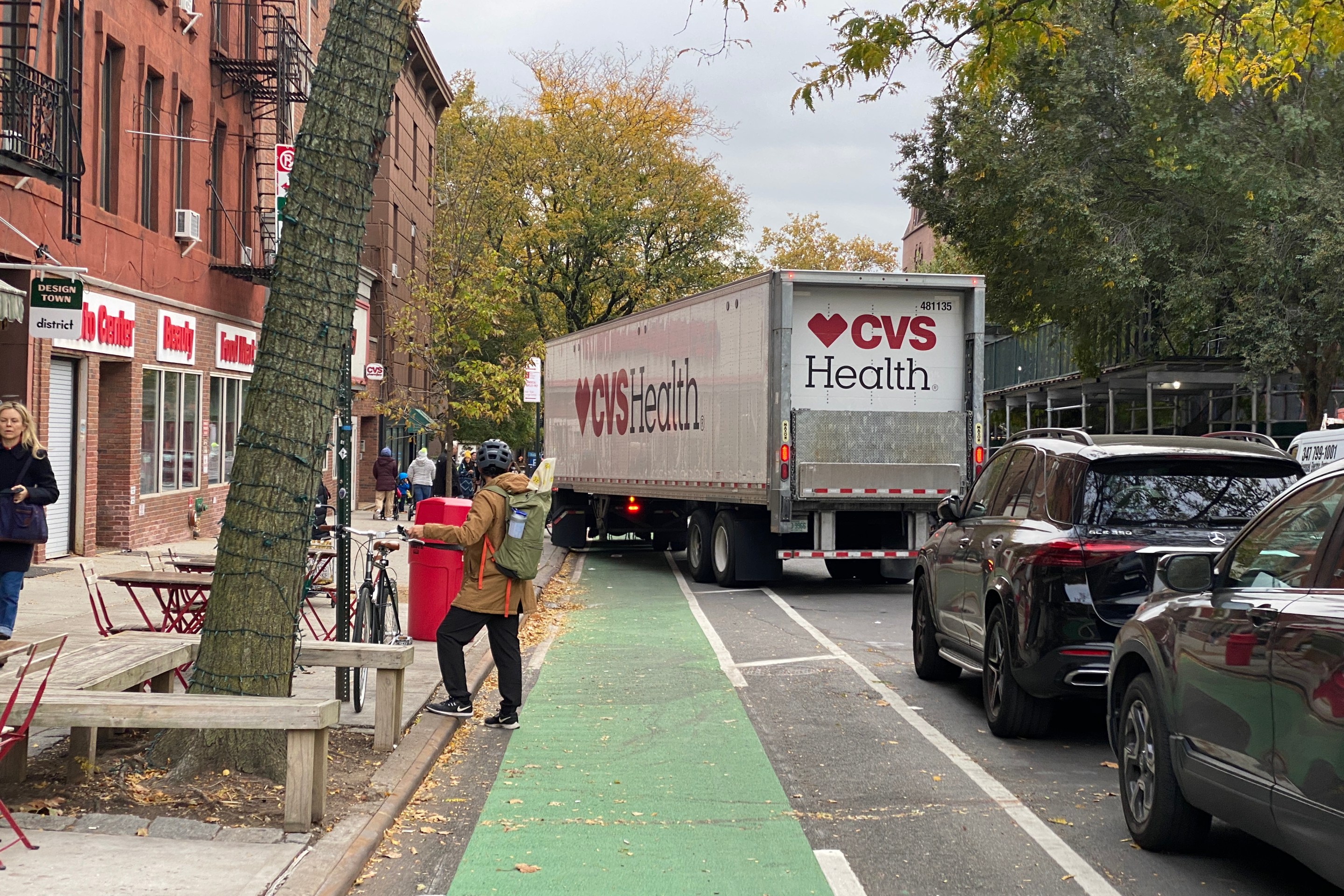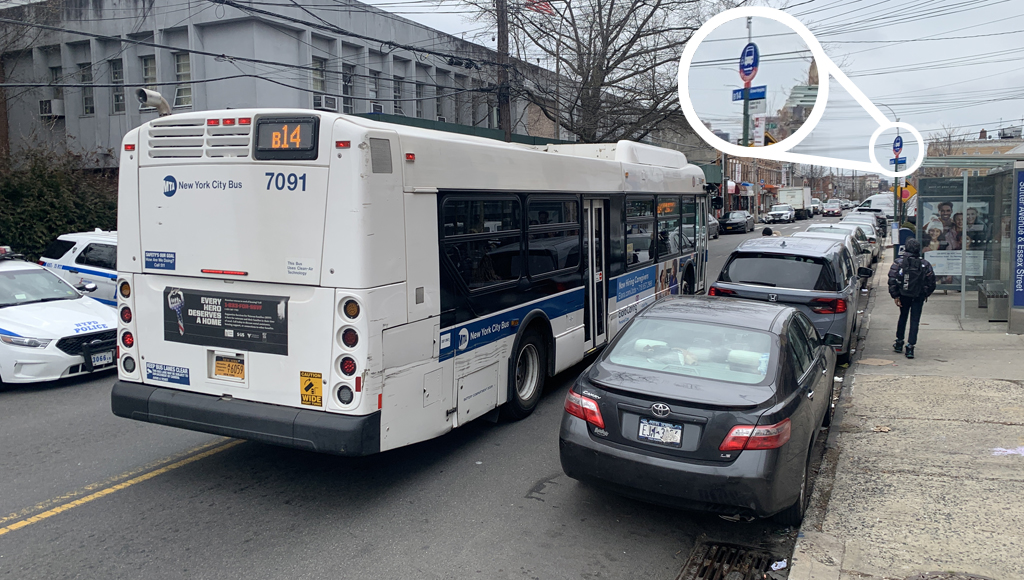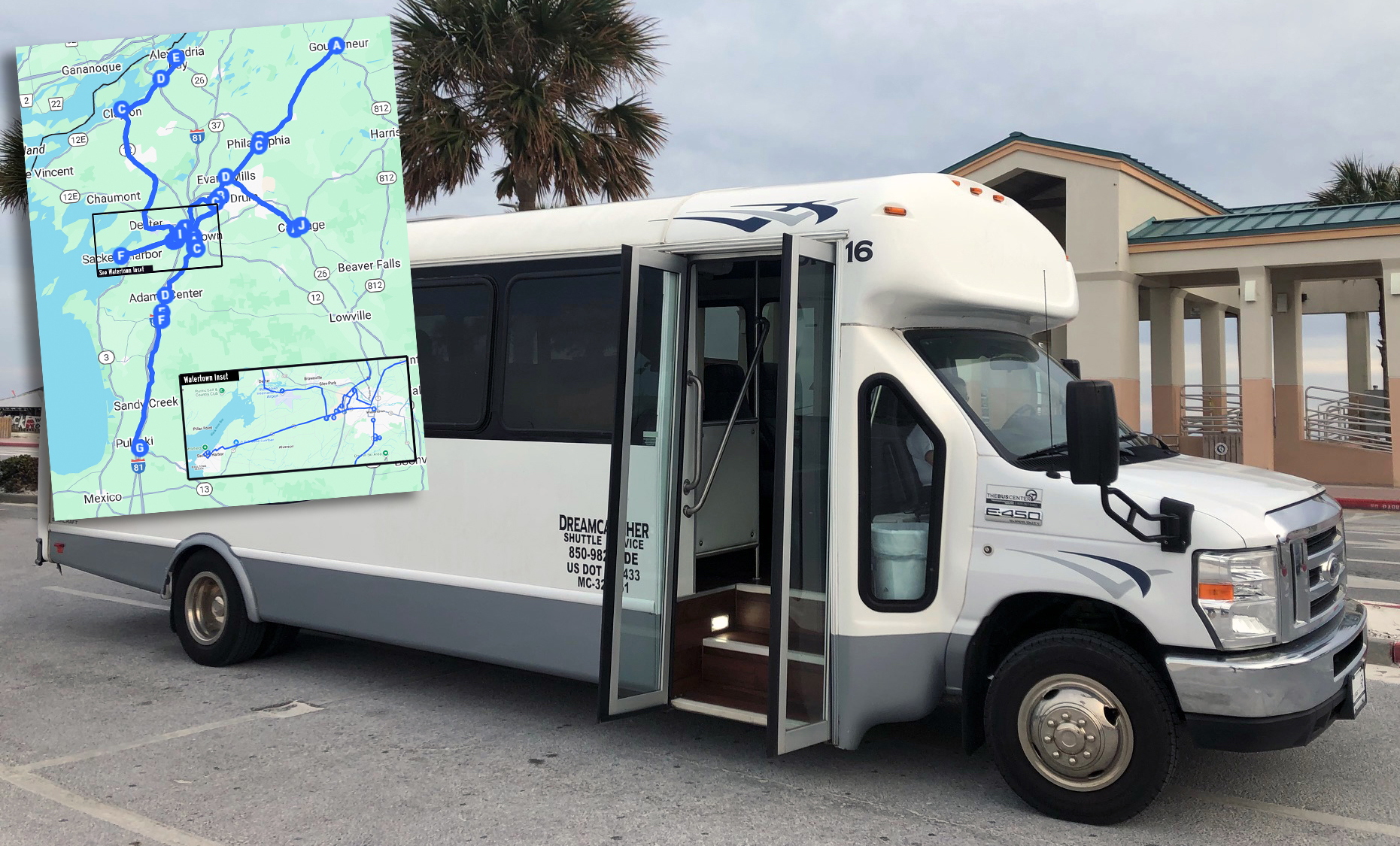The EPW Committee passed the highway portion of the transportation bill last month. The Banking Committee will tackle transit on Friday. And today, transportation reformers applauded as the Commerce Committee passed its bill dealing with the rail and safety component, including the National Highway Traffic Safety Administration.
Deron Lovaas of NRDC said in his blog post about the bill that certain improvements to the legislation made it a standard-bearer for how transportation bills should be written:
Senators Lautenberg, Cantwell and Begich played key roles in improving the title by including a version of the FREIGHT (an acronym sparing us the mouthful of "Focusing Resources, Economic Investment, and Guidance to Help Transportation") Act as well as a "complete streets" policy to accommodate bicyclists and pedestrians. This means that the title now has actual performance objectives, allows for funding to be used for rail as well as highway investments to improve goods movement, and that there would be an office at DOT tasked with implementing an actual national plan for freight investments.
Jesse Prentice-Dunn of the Sierra Club adds that the freight provisions "treat our movement of freight as a multi-modal system, not just a web of highways."
The street safety (or "complete streets") amendment [PDF] introduced into the Commerce bill by Sen. Mark Begich (D-AK) deserves attention for its special focus on non-motorized modes. The amendment says the Secretary of Transportation “shall establish standards to ensure that the design of Federal surface transportation projects provides for the safe and adequate accommodation, in all phases of project planning, development, and operation, of all users of the transportation network, including motorized and non-motorized users.”
States with their own complete streets policies would get a waiver from the federal policy, as long as their policies are in compliance.
A federal law -- as opposed to individual city or state ordinances -- is important because "streets don’t end at the borders of their jurisdictions," according to Barbara McCann, director of the National Complete Streets Coalition. "We've had many jurisdictions that have complete streets policies say that they need and want that consistency."
Some state DOTs have expressed a desire for more guidance on how to adopt complete streets policies. This amendment would provide that guidance straight from the top and allow USDOT to ensure compliance.
Though the overall bill was passed on a party-line vote of 13 to 11, the complete streets amendment passed unanimously -- recognizing, according to McCann, "that every transportation project has to be a safety project."
The performance objectives in this title provide a useful model for others in the bill, Lovaas said, and the EPW portion that passed a few weeks ago could have used some stronger language on that front. "The highway program desperately needs a national plan as well, and performance objectives to make sure federal taxpayer dollars aren't wasted by state governments," Lovaas said. "The era of unplanned, unaccountable federal spending needs to come to an end."
Performance measures could potentially be added to the EPW highway title on the floor of the Senate, but it would be a hard sell: Democrats and Republicans have sharp disagreements over what kinds of performance should be measured -- for example, whether reducing carbon emissions or reducing federal bureaucracy should be the standard. We'll be watching the Banking Committee to see what kinds of performance metrics are included in its transit title.
Prentice-Dunn of the Sierra Club also cheered the inclusion of national transportation objectives and goals. By establishing the vision for what our transportation system should achieve, he said, those provisions represent a critical move away from "an earmark-laden system" and toward a more strategic one.
"Key among those objectives is the goal of energy conservation and reducing transportation energy use," he wrote. "Our transportation system drives our addiction to oil, guzzling roughly two-thirds of all the oil used nationwide. By reducing transportation energy use, we will cut our dependence on oil."






